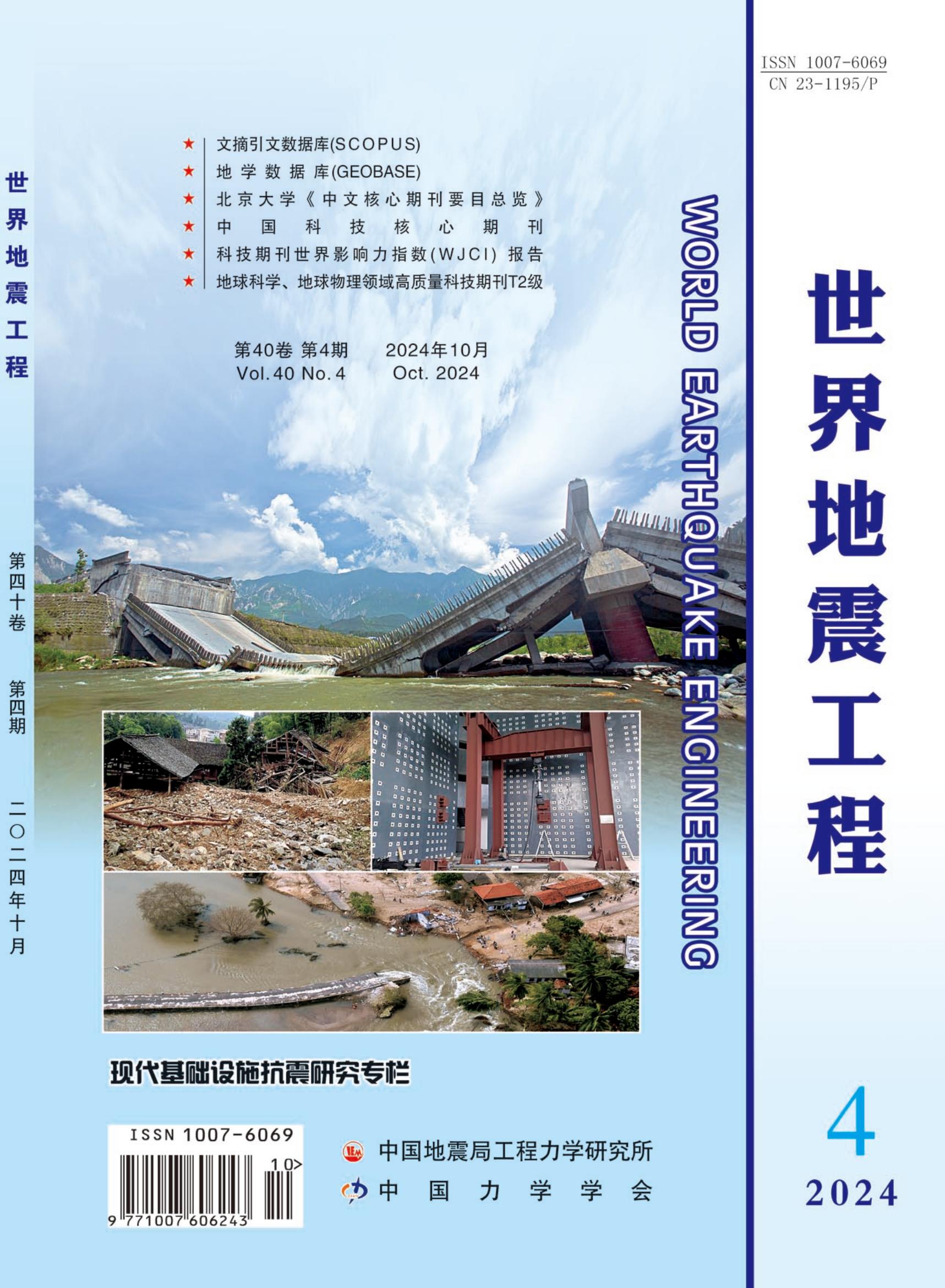随机单元承诺解的随机犁沟
Q4 Earth and Planetary Sciences
引用次数: 0
摘要
机组承诺问题涉及到在未来短期内获得最优组合发电计划的内在困难。广义机组承诺计划的制定涉及到在规划视界内每小时几个降级容量的发电机组的具体组合、负荷需求概况、负荷不确定性和其他几个运行约束。这种很大程度上确定的计划继续受到一些核电站运营商的青睐,因为它们要考虑到所涉及的近段运行时间。然而,由于需求方面管理的现代趋势,负荷概况的确定性性质被一种现实的、反映现实情况的随机模式所逐步消除。这种转变与正在进行的电力改革的电力结构调整活动是一致的。随机轮廓是由一个适当调整的2参数威布尔分布,使用适当的形状和尺度参数。产生的负荷分布的结果带被用来评估与一组普遍随机概率指数相关的净功率和惩罚性成本。精确的UCS包括与规划范围内的特定时间段相对应的特定单元绝对状态。随后,运用回归分析方法建立了绝对状态与累计随机负荷需求在规划区间内的相关性。这种方法类似于概率需求曲线的随机翻沟。本文章由计算机程序翻译,如有差异,请以英文原文为准。
Random Furrowing for a Stochastic Unit Commitment Solution
The Unit Commitment Problem involves the inherent difficulty of obtaining optimal combinatorial power generation schedules over a future short term period. The formulation of the generalized Unit Commitment Schedule formulation involves the specific combination of generation units at several de-rated capacities during each hour of the planning horizon, the load demand profile, load indeterminateness and several other operating constraints. This largely deterministic schedule continues to find favor with several plant operators, keeping in mind the close operating time-periods involved. However, the deterministic nature of the load profile is sought to be phased out by a stochastic pattern that is realistic and mirrors real-life situations, owing to modern trends in Demand side management. This shift is in tune with the ongoing power restructuring activities of electricity power reforms. The stochastic profile is obtained by a suitably tuned 2-parameter Weibull distribution that uses appropriate shape and scale parameters. The resulting band of generated load profiles are used to evaluate net power and penal costs associated with a set of pervasive randomized probability indices. The exact UCS comprises of a specific unit absolute state corresponding to a certain time period within the planning horizon. Subsequently, regression analysis is applied to establish the correlation between the absolute states and the cumulative randomized load demand against the intervals within the planning horizon. This method is analogous to random furrowing of probabilistic demand profile.
求助全文
通过发布文献求助,成功后即可免费获取论文全文。
去求助
来源期刊

世界地震工程
Earth and Planetary Sciences-Geotechnical Engineering and Engineering Geology
CiteScore
0.80
自引率
0.00%
发文量
4131
期刊介绍:
World Earthquake Engineering was founded in 1985 and is now a quarterly journal. It is an academic journal in the field of earthquake engineering under the supervision of China Earthquake Administration (CEA), and co-sponsored by the Institute of Engineering Mechanics of China Earthquake Administration (IEMCA) and the Chinese Society of Mechanics (CSM). The journal aims to introduce the latest research results in the field of earthquake engineering at home and abroad, to promote international academic exchanges in the field of earthquake engineering, and to serve China's seismic prevention and anti-seismic work. China Association for Science and Technology (CAST) selected China's high-quality scientific and technological journals in different fields for its hierarchical catalogue, and the journal was selected as T2 level (internationally renowned journals) of earth science and geophysical journals. Outstanding journal for the implementation of the CAJ-CD Code in the implementation of the Chinese Academic Journals (CD-ROM Version) Retrieval and Evaluation Data Specification (CAJ-CD Code) in the evaluation of excellence activities; included in the cultivation bank of Heilongjiang Province's high-quality journal projects.
 求助内容:
求助内容: 应助结果提醒方式:
应助结果提醒方式:


